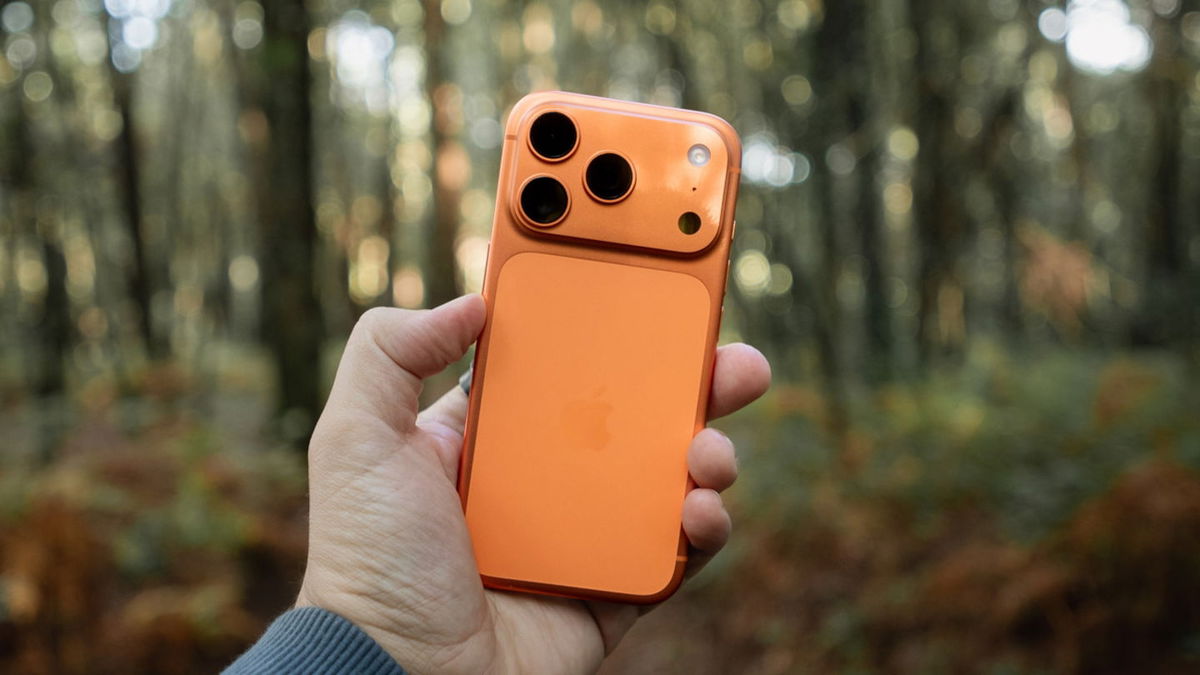This Thursday, Japan celebrated its precise arrival on the moon. The Japan Aerospace Exploration Agency (JAXA) confirmed that the SLIM spacecraft landed in the region it was targeting, a point of honor for its mission. He also released his first image from the lunar surface to show it. The space probe flipped over during a lunar landing maneuver.
This first image from SLIM (Landing Intelligent Lunar Exploration Module) shows the spacecraft turned 90 degrees from how it would have turned after touching down on the lunar surface. It appears that one of the two large engines stopped working during the descent.
“A main engine anomaly affected the landing position of the SLIM spacecraft,” JAXA explained in a statement. This could explain the problems it faces in producing energy. As the agency explained last week, the module ran entirely on batteries because their The solar panels were at the wrong angle.
The agency later said it had decided to put the SLIM spacecraft into sleep mode because the battery would last for several more hours. But Japan, the fifth country to reach the moon, hopes that changing the direction of sunlight could power the panels in the coming days.
This must happen before February 1, when night falls in this sector of the Moon. Darkness on the natural satellite lasts about 14 Earth days and is so cold that it can damage the module’s electronic components.
The Importance of Accuracy in Japan’s SLIM Moon Landing
The photograph of SLIM on the Moon was taken by the small Sora-Q (also known as LEV-2). all-terrain vehicle the size of a baseball that the ship was carrying. To transmit the image to Earth, I need the help of Lev-1, a second robot capable of communicating on its own.
The lunar lander (nicknamed the “lunar sniper” for its accuracy) succeeded descend to within 100 meters of the target, near Scioli Crater, south of the lunar equator. A possible problem in one of the engines would have caused the plane to deviate by about 55 meters. In any case, this exceeds the accuracy of several kilometers achieved so far by other similar ships.
“We showed that you can land on the Moon anywhere, not where it is possible.”said SLIM spacecraft project manager Shinichiro Sakai. “This will inspire more and more people, preferably missions from Japan, to try to land in uncharted places on the Moon.”
JAXA said it received all data about the landing zone before putting the SLIM spacecraft into sleep mode. Japan explained that it used vision-based navigation, which it said could be a key tool in future missions to the lunar south pole.
Last year, India became the first country to send a spacecraft to the moon’s south pole. It is believed that there are deposits of frozen water, a possible source of hydrogen and oxygen. China and the United States hope to send their first astronauts to the region this decade.
Source: Hiper Textual














